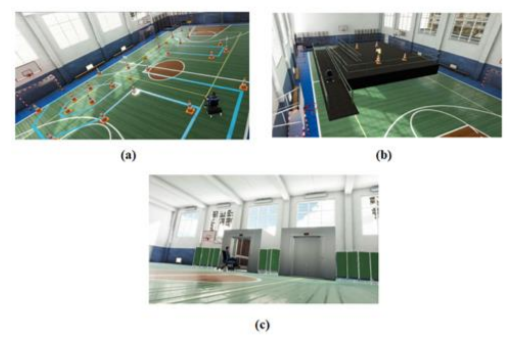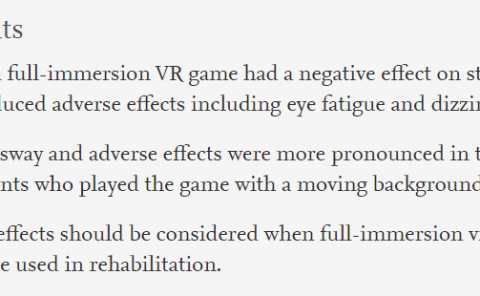A QoE assessment method based on EDA, heart rate and EEG of a virtual reality assistive technology system
PubDate: June 2018
Teams: Athlone Institute of Technology,Universidade Federal de Uberlândia
Writers: Débora Pereira Salgado;Felipe Roque Martins;Thiago Braga Rodrigues;Conor Keighrey;Ronan Flynn;Eduardo Lázaro Martins Naves;Niall Murray

Abstract
The1 key aim of various assistive technology (AT) systems is to augment an individual’s functioning whilst supporting an enhanced quality of life (QoL). In recent times, we have seen the emergence of Virtual Reality (VR) based assistive technology systems made possible by the availability of commercially available Head Mounted Displays (HMDs). The use of VR for AT aims to support levels of interaction and immersion not previously possibly with more traditional AT solutions. Crucial to the success of these technologies is understanding, from the user perspective, the influencing factors that affect the user Quality of Experience (QoE). In addition to the typical QoE metrics, other factors to consider are human behavior like mental and emotional state, posture and gestures. In terms of trying to objectively quantify such factors, there are wide ranges of wearable sensors that are able to monitor physiological signals and provide reliable data. In this demo, we will capture and present the users EEG, heart Rate, EDA and head motion during the use of AT VR application. The prototype is composed of the sensor and presentation systems: for acquisition of biological signals constituted by wearable sensors and the virtual wheelchair simulator that interfaces to a typical LCD display.



